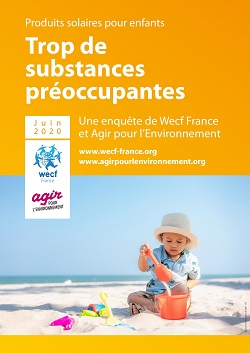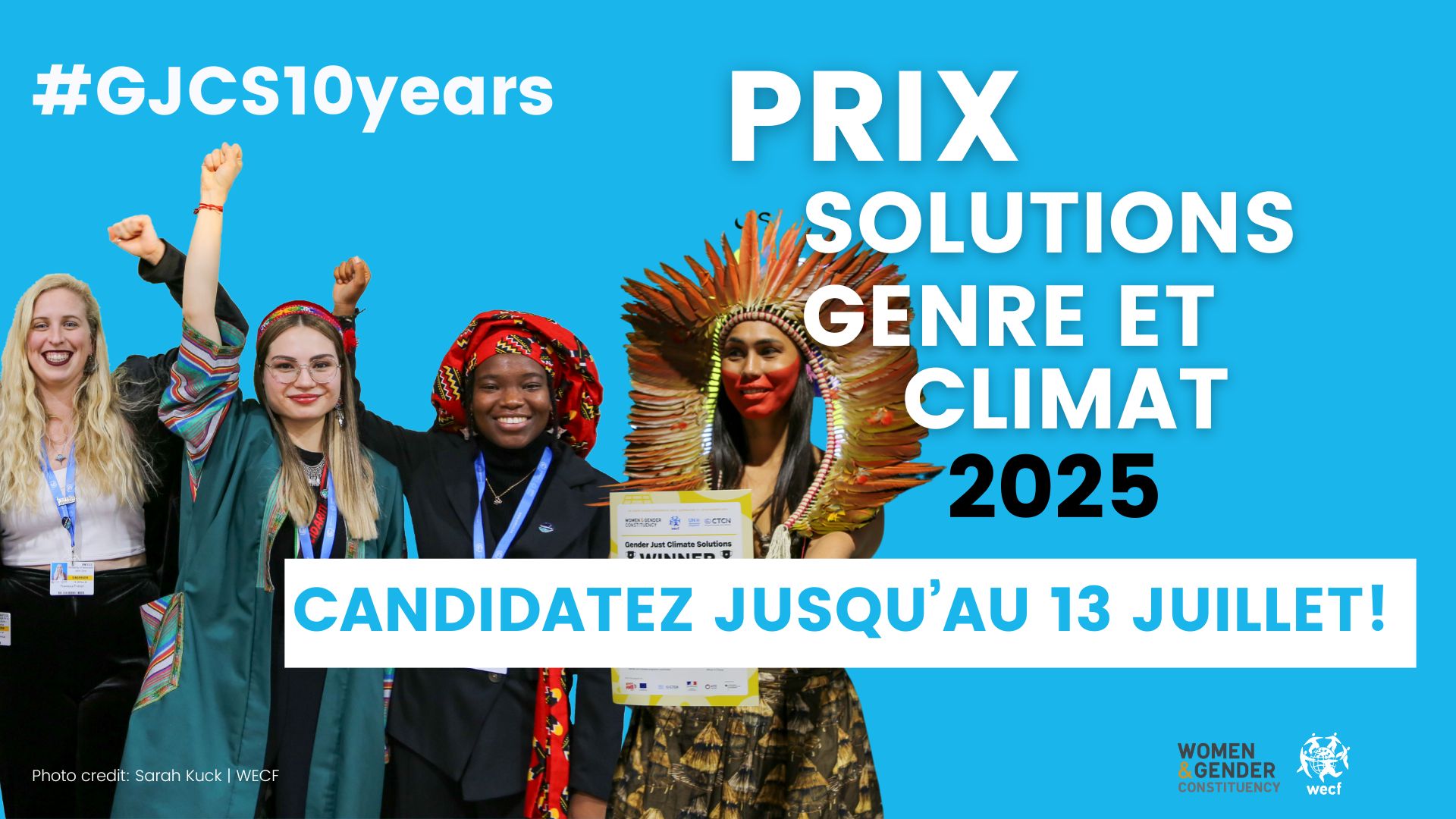
Press release – July 2nd
Sunscreens are much praised to protect children from adverse effects of sunlight exposure. But don’t sunscreens ingredients have adverse effects for health or the environment?
In a report released today, Wecf France and Agir pour l’Environnement, two health and environment organizations, reveal the results of their common survey of 71 sunscreens for children.
- Between March and May 2020, we purchased 71 products covering the vast majority of brands sold in supermarkets, drugstores, and organic shops.
- We screened the ingredients lists (UV filters and others) on the labelling to list and identify the substances of concern, based on the most recent available scientific literature: endocrine disruptors (EDCs), nanoparticles or allergens among others. The efficacy of the UV filters was not questioned, while all of them may not prove to be sufficiently protective.
- We checked the compliance with the mandatory labelling of ingredients containing nanoparticles : we assigned the Laboratoire National de Métrologie et d’Essais (LNE) to conduct an analysis of 3 products, each one sold in a different distribution network, and with no nanoparticles indicated on the label.
The main results of our survey
- We identified 29 ingredients of concern in the 71 sunscreens for children and classified them from RED for substances of very high concern, ORANGE for substances of high concern to YELLOW for substances of concern. 5 substances are EDCs of very high concern.
- We found none of the 71 sunscreens free from substances of concern classified in the 3 categories.
- We identified 9 sunscreens containing a mixture of at least 10 ingredients of concern.
- The 3 products we analysed in laboratory contain nanoparticles not indicated on the label and are therefore non-compliant with the cosmetics regulation.
- We found 7 substances classified of very high concern known to have extremely adverse effects on aquatic ecosystems.
Our demands
- We request the French Agency for Food, Environmental and Occupational Health & Safety (ANSES) to evaluate the risk-benefit of sunscreens for children, i.e. the benefits of a protection from adverse effects of sunlight vs the risks resulting from the presence of chemicals of concern.
- We request the ban of substances classified red i.e. of very high concern: EDCs, nanoparticles, fragrance ingredients known to be contact allergens.
- We urge France to become a leader in protecting the health of children from adverse effects of EDCs, including a ban of all those substances in children products.
- We urge the European Commission to promptly regulate the 28 known or suspected EDCs used in cosmetics, which she has prioritized.
- We urge competent authorities (General Directorate for Consumption, Competitiveness and Fraud (DGCCRF) and National Agency for the Safety of Medicines and health products (ANSM) to take strong measures to ensure manufacturers and retailers comply with the mandatory labelling of nanoparticles in cosmetics.
All details and results of our survey, including the table of the 71 sunscreens and the information cards of the 29 substances of concern can be found in our report available online (in French).



